Introduction
Ginger, known scientifically as Zingiber officinale, is a versatile root that has been used in culinary and medicinal practices across various cultures for centuries. Its unique aroma, pungent flavor, and numerous health benefits make it a staple in many kitchens worldwide. From adding a spicy kick to dishes to soothing upset stomachs, ginger offers a wide range of uses. However, to fully harness its potential, it’s crucial to start with fresh, high-quality ginger. This guide will provide you with comprehensive insights on how to select fresh ginger, ensuring you always have the best ingredient for your cooking and health needs.
Understanding Ginger Varieties
Before diving into the selection process, it’s essential to understand the different types of ginger available. The most common varieties include:
-
Young Ginger (Spring Ginger): This variety is harvested early, has a lighter color, and a milder, sweeter taste compared to mature ginger. It’s ideal for pickling, salads, and desserts.
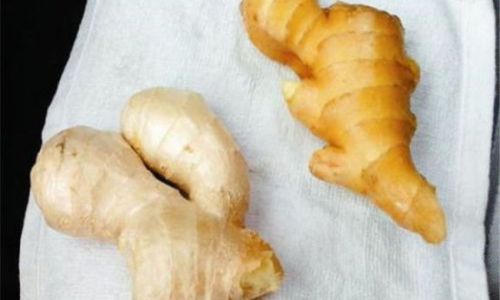
-
Mature Ginger: Harvested later, mature ginger has a deeper yellow or brown hue and a stronger, more pungent flavor. It’s perfect for cooking, teas, and medicinal preparations.
-
Wild Ginger: Though less common in grocery stores, wild ginger has a different flavor profile and is often used in herbal remedies.
-
Powdered and Crystallized Ginger: While these forms are convenient, they lack the freshness and some of the health benefits of fresh ginger. They are, however, useful for baking and as a sweet snack.
For the purpose of this guide, we’ll focus on selecting fresh, mature ginger, as it’s the most widely used and versatile.
Visual Inspection: The First Line of Defense
-
Color: Fresh ginger should have a vibrant, slightly glossy appearance with shades ranging from light yellow to deep brown. Avoid ginger with dull, faded, or moldy spots.
-
Skin Texture: The skin of the ginger should be smooth and tight, indicating freshness. If the skin is wrinkled, cracked, or peeling, it’s a sign that the ginger is older and may have lost some of its moisture and flavor.
-
Knots and Branches: Ginger roots often come with knots and branches. While these don’t necessarily affect the quality, they can make peeling and slicing more challenging. Choose ginger with a relatively even shape if you prefer easier handling.
Feeling the Ginger: A Tactile Approach
-
Firmness: Fresh ginger should feel firm and solid when pressed. If it feels soft, mushy, or hollow, it’s likely to be old or moldy inside.
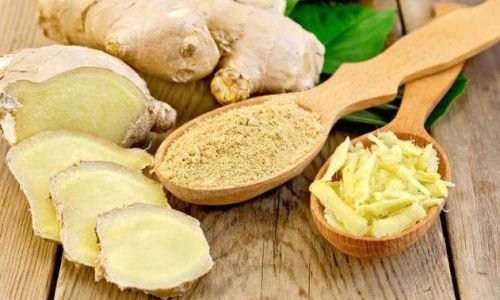
-
Weight: Heavier ginger pieces generally indicate more moisture and freshness. Lightweight ginger might be dried out or have lost its natural juices.
Smelling the Aroma
Fresh ginger has a distinct, spicy aroma that’s both invigorating and slightly sweet. If the ginger lacks a strong scent or smells musty, off, or moldy, it’s best to avoid it. Remember, a good aroma is a reliable indicator of freshness and quality.
Checking for Moisture
While ginger should be firm and juicy, it’s important to avoid pieces that are overly wet or slimy. Excess moisture can indicate that the ginger has been stored improperly or for too long, leading to potential spoilage.
Inspecting the Cut Ends
If possible, inspect the cut ends of the ginger. Fresh ginger should have a moist, slightly shiny interior with a clean, white or light yellow color. Dark spots, mold, or a dry, fibrous texture are signs of poor quality or spoilage.
Considering the Source
-
Seasonality: Ginger is typically available throughout the year, but its peak season varies by region. In many parts of the world, fresh ginger is most abundant and affordable during the warmer months.
-
Local Markets: Visiting local farmers’ markets or ethnic grocery stores can often yield fresher, more flavorful ginger than large supermarket chains. These vendors are more likely to have recently harvested ginger.
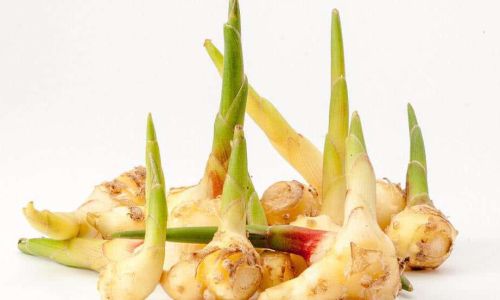
-
Organic Options: If you prioritize organic produce, look for certified organic ginger. Organic ginger is grown without synthetic pesticides and fertilizers, which can affect both flavor and health benefits.
Storage Tips for Fresh Ginger
Once you’ve selected your fresh ginger, proper storage is key to maintaining its quality. Here are some tips:
-
Refrigeration: Wrap the ginger in a paper towel or place it in a breathable bag and store it in the crisper drawer of your refrigerator. This can keep it fresh for up to two weeks.
-
Freezing: For longer storage, peel and slice the ginger, then freeze it in an airtight container or freezer bag. Frozen ginger retains its flavor well and can be used directly from frozen in cooking.
-
Avoiding Moisture: Ensure that the ginger is dry before storing it to prevent mold growth.
Conclusion
Selecting fresh ginger may seem like a straightforward task, but understanding the nuances of variety, appearance, texture, aroma, and storage can significantly enhance your culinary experiences and health benefits. By following the guidelines outlined in this guide, you’ll be able to confidently pick the best ginger, ensuring that every dish you prepare and every health remedy you make is as delicious and effective as possible. Remember, fresh ginger is not just a flavor enhancer; it’s a powerhouse of nutrients and antioxidants that can support your overall well-being. So, the next time you’re at the market, keep these tips in mind and enjoy the rich, spicy taste of freshly selected ginger.
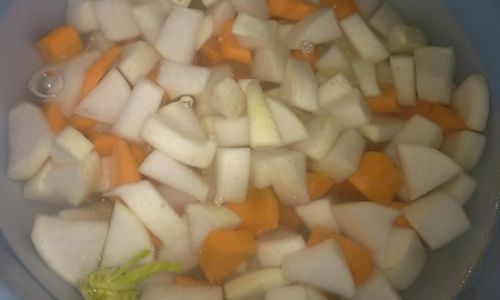
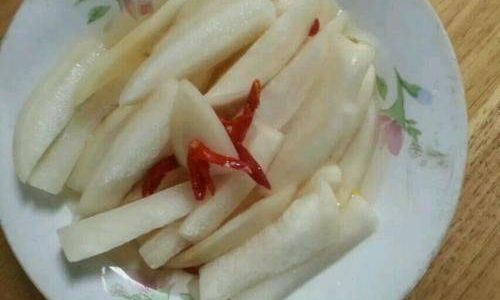
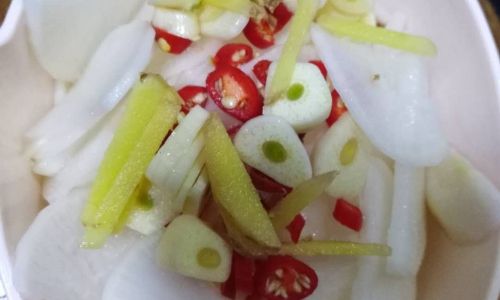
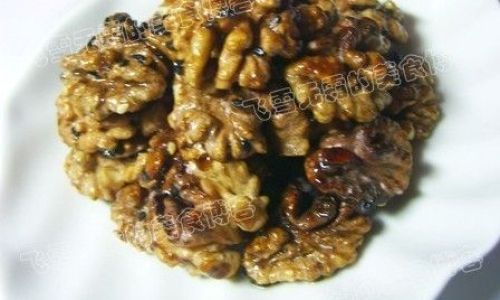


0 comments